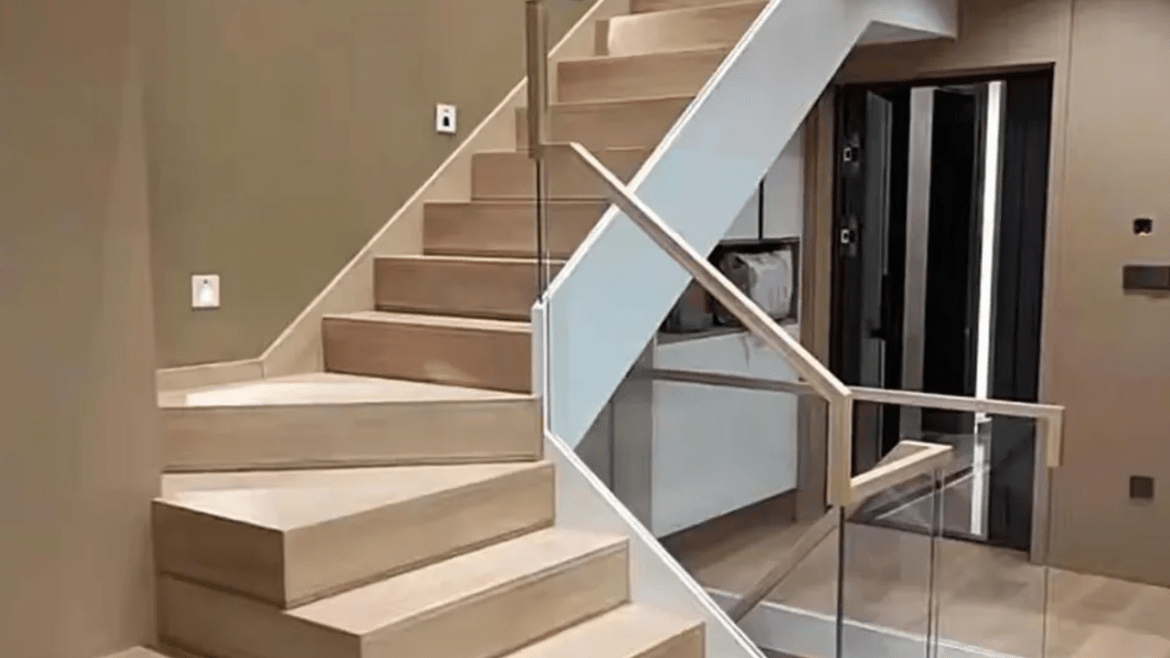Frameless glass balustrades in high-traffic or exposed regions provide protection and aesthetic advantages. The robust frameless glass balustrade designs allow for necessary safety restrictions without obstructing views, thanks to high-energy glass production. This makes them perfect for areas such as industrial spaces, public walkways, and picturesque balconies.
They may be designed to face up to environmental stresses consisting of wind and climate, whilst their minimalistic design enhances open, airy areas, mixing seamlessly with modern architecture.
Considerable Factors While Design Frameless Glass Balustrade
Whilst designing frameless glass balustrades for excessive-site visitors or uncovered regions, careful consideration of various factors guarantees each the structural integrity and aesthetic attraction of the setup. Together, these elements guarantee that the balustrade satisfies the requirements of its surroundings and improves the value of the area while being safe, strong, and aesthetically pleasing. Right here are some key factors to recall:
Material Selection
Deciding on the proper sort of glass is critical for the sturdiness and protection of frameless glass balustrades in high-site visitors or exposed areas. Toughened Glass is perfect for its power and protection. It’s far warmth-treated, making it as much as five instances more potent than widespread glass and much less probable to interrupt. Whilst it does destroy, it shatters into small, blunt portions, decreasing damage risks. Use thicker glass (typically 10 mm to 21.5mm) to resist the stresses of high-site visitors or exposed situations.
Load-Bearing and Structural Help
Making sure the balustrade can assist loads and resist effects in high-site visitors or exposed areas is critical for protection and capability. Adhere to building codes specifying the weight-bearing ability, which includes each horizontal and vertical force. Use sturdy anchoring strategies inclusive of base channel structures, spigot mounts, or aspect-installed clamps, ensuring they’re designed to address the expected masses and environmental stresses.
Environmental Resistance
Balustrades in exposed areas want to resist environmental factors like wind, rain, UV exposure, and temperature variations. Weather-resistant materials should be used like chrome steel (marine grade 316) or anodized aluminum for fittings to prevent corrosion. Practice UV-resistant coatings on glass to lessen fading and damage from daylight. Don’t forget the consequences of temperature adjustments on materials, taking into consideration thermal enlargement and contraction in the design.
Safety Compliance and Rules
Compliance with safety requirements and building codes is mandatory to ensure the balustrade’s legality and safety. Make sure the balustrade height and any gaps follow nearby rules to prevent falls and entrapment. Meet or exceed protection requirements for impact resistance to handle accidental impacts. Regularly evaluate nearby building codes and paintings with experts to make sure the balustrade layout meets all regulatory requirements.
Renovation and Cleaning
High-site visitors and exposed balustrades require smooth protection to ensure they stay practical and visually appealing over the years. Consider self-cleaning glass that reduces the need for frequent washing by way of breaking down and losing dirt. Layout with on-hand fittings for clean inspection and renovation. Use anti-scratch and anti-corrosion remedies on glass and metallic components.
Design and Aesthetic Integration
Balancing capability with aesthetic enchantment is essential for integrating the balustrade into the overall layout of the space. Maintain a clear, unobstructed view, specifically in scenic or high-visibility areas. Integrate design elements like lighting fixtures, handrails, or color accents to enhance the general aesthetic. Offer design alternatives including frosted or tinted glass to fit the specific architectural fashion or private preference.
Bottom Line
Designing frameless glass balustrades for high-traffic or exposed areas calls for a comprehensive approach taking into account the choice of materials, structural stability, and environmental resistance, compliance with safety regulations, upkeep, and aesthetic integration. Proper making plans and adherence to these issues result in a successful, long-lasting installation that blends seamlessly into its surroundings. Their low-protection nature and sturdiness cause them to be practical for areas that revel in heavy use or harsh situations, ensuring each functionality and lengthy-lasting visible attraction.
